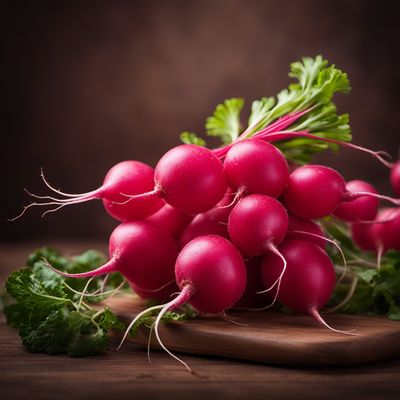
Ingredient
Daikon
The Mighty Radish: Exploring the Versatility of Daikon
Daikon is a root vegetable that belongs to the Brassicaceae family, known for its elongated shape and white color. It has a crisp and juicy texture, similar to a turnip, and a mild, slightly peppery flavor. The flesh of daikon is succulent and can range from pure white to pale green. Its skin is thin and can be easily peeled off. Daikon can grow up to 2 feet in length and weighs around 1-2 pounds on average. Its size and shape make it easy to slice, dice, or grate, allowing for various culinary applications.
Origins and history
Daikon originated in the Mediterranean region and was introduced to Asia during ancient times. It has been cultivated in China, Japan, and Korea for centuries. In Asian cultures, daikon holds cultural significance and is often used in traditional dishes and celebrations. It has also gained popularity in Western cuisines, particularly in salads, pickles, and stir-fries.
Nutritional information
Daikon is low in calories and high in fiber, making it a great addition to a healthy diet. It is a good source of vitamin C, potassium, and folate.
Allergens
Daikon is not known to be a common allergen.
How to select
When selecting daikon, look for firm and smooth roots without any soft spots or blemishes. The skin should be free from wrinkles or discoloration. Choose daikon that feels heavy for its size, as this indicates freshness. Smaller daikon tend to be sweeter and milder in flavor.
Storage recommendations
To maintain the freshness of daikon, remove the greens if attached and store the root in a perforated plastic bag in the refrigerator. It can last for up to two weeks when stored properly.
How to produce
Daikon can be easily grown in home gardens. Start by sowing daikon seeds in well-drained soil, ensuring they receive ample sunlight. Thin out the seedlings to allow proper spacing for growth. Regularly water the plants and harvest the daikon when they reach the desired size, usually around 2-3 months after sowing.
Preparation tips
Daikon can be enjoyed raw or cooked. When using it raw, peel the skin and slice or grate it for salads or slaws. It can also be pickled to add a tangy crunch to dishes. When cooked, daikon can be stir-fried, braised, or added to soups and stews. It absorbs flavors well and adds a refreshing element to dishes.
Culinary uses
Daikon is commonly used in Asian cuisines, particularly in Japanese, Chinese, and Korean dishes. It is often added to soups, stir-fries, and hot pots. Daikon can also be pickled, grated into sauces, or used as a garnish for sushi and sashimi.
Availability
Daikon is commonly available in Asian markets and grocery stores worldwide. It is also cultivated in regions with a suitable climate for root vegetables.
More ingredients from this category
Recipes using Daikon » Browse all

Caribbean-inspired Spicy Jerk Chicken Bánh Mì
Tropical Fusion: Spicy Jerk Chicken Bánh Mì with a Caribbean Twist
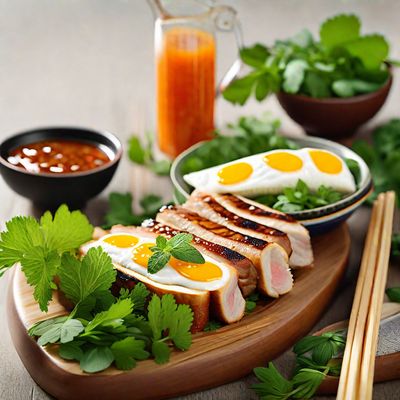
Vietnamese-style English Breakfast
Bánh mì Ấn Độ kiểu Anh - A Fusion of Indian and English Flavors

Bánh mì xíu mại with a Twist
Vietnamese-Inspired Meatball Sandwich
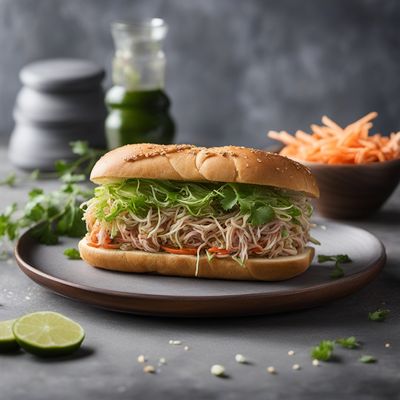
Asian-inspired Herring Sandwich
Savory Asian Fusion: Herring Delight
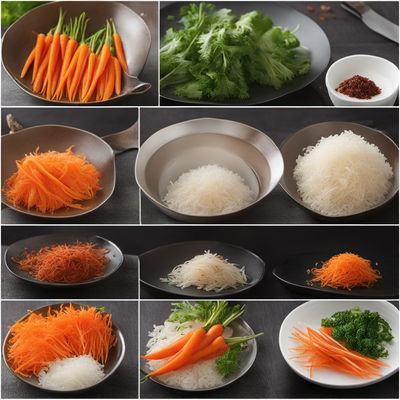
Vietnamese-style Pickled Daikon and Carrots
Tangy and Crunchy Vietnamese Pickled Delight
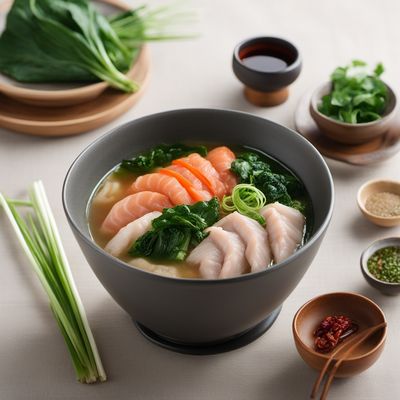
Zōni - Traditional Japanese New Year Soup
Harmony in a Bowl: A Celebration of Flavors in Zōni

Japanese Chinese Style Tramezzino
Umami Fusion Tramezzino: A Japanese Chinese Twist on a Classic Italian Dish

Refreshing Korean Radish Water Kimchi
Crisp and Cool: Korean Radish Water Kimchi
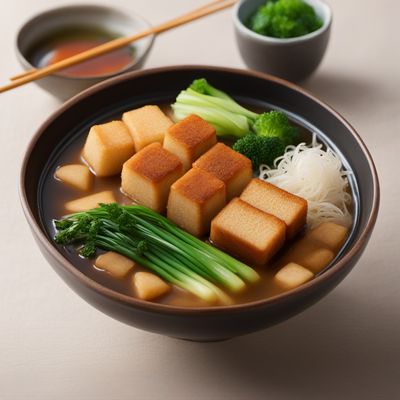
Oden - Japanese Comfort Food Delight
Savory Simmered Delights: Oden Recipe

Cantonese Slow-Cooked Soup
Savory Delights: Cantonese Slow-Cooked Soup

Refreshing Korean Vegetable Salad
Crisp and Colorful Saengchae: A Burst of Freshness

Grilled Chicken Bánh mì with Tunisian Twist
Tunisian-Inspired Grilled Chicken Bánh mì: A Fusion of Flavors


